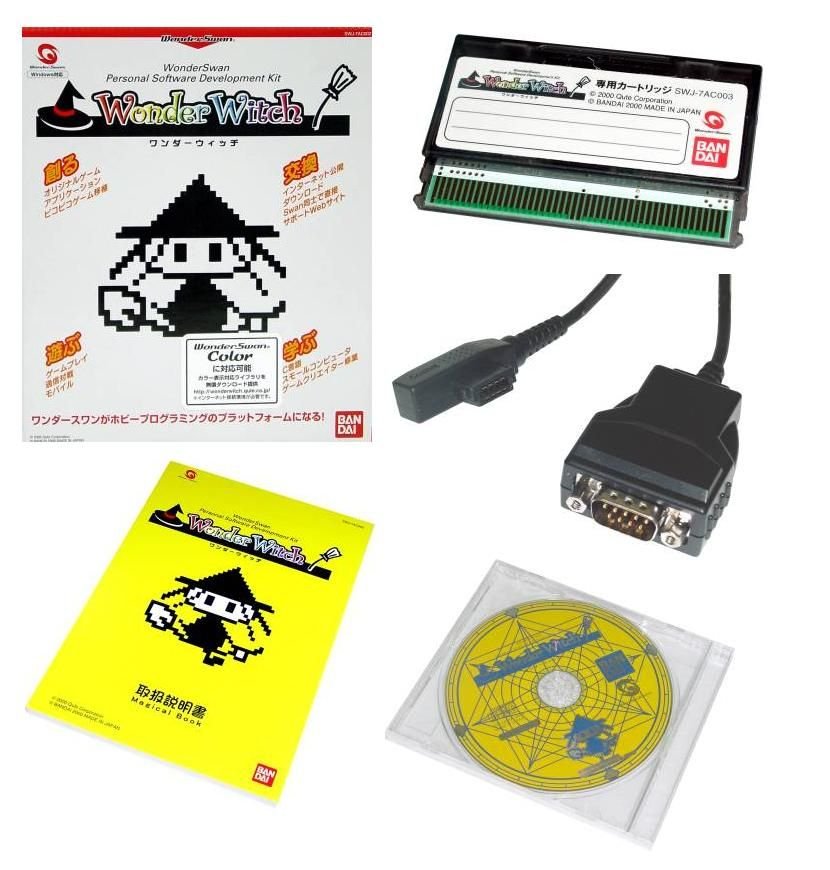|
WonderWitch
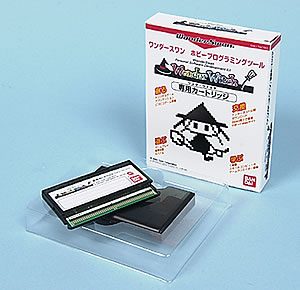
The WonderWitch is a commercial development kit for the WonderSwan. Released by the Qute Corporation on July 18, 2000 at ¥11,800. The kit allowed any person able to develop software in the developing language C, to create software for the WonderSwan. It was supported throughout the lifespan of the WonderSwan and was updated multiple time, including a major update on December 24, 2000 to add support for the WonderSwan Color and added support for Windows XP on October 29, 2001.
Extra cartridges were also available for WonderWitch which included the latest version of the Freya OS was also available for the price of ¥3,980.A separate debugging software called WATCHPOINT for WonderWitch was also developed by Sohpia Systems and sold for ¥4,500.
The WonderWitch was not for everybody as good programming skills were required to be able to use it. The development kit was also expensive considering that the consoles were sold to half the price of the WonderWitch. Even without being a huge success, the WonderWitch was able to gather a very active community of WonderSwan developers which gave the idea to Bandai and Qute to create a programming contest.
WWGP 2001
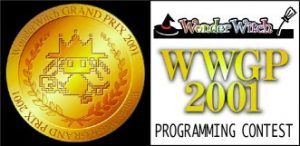
On November 9, 2000, Bandai and Qute launched the first WonderWitch context called the WWGP 2001 and offered a ¥500,000 grand prize. More than 148 entries were accepted. The vote was open to all members of the community and was held between February 21, 2000 and February 28, 2001 by e-Mail. On May 3rd, 2000, the contestants selected by the popular votes were invited to the Bandai Headquarters.
M-KAI won the 2001 edition of the contest with the game Judgement Silversword which was eventually released as a full Wonderswan game on February 5, 2004 under the name Judgement Silversword : Rebirth Edition.
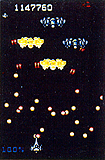
| 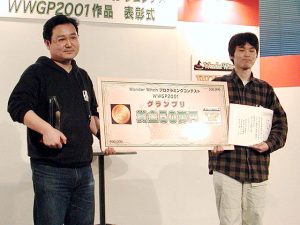 |
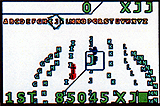 | 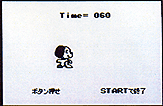 | 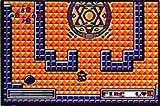 |
| Nemetsu Ra | BlueSky’s | Magical Harvest |
WonderWitch Player
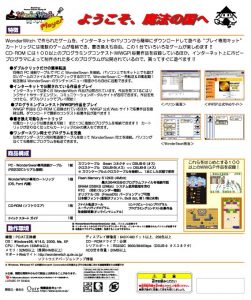
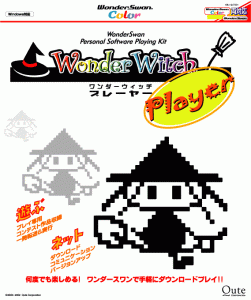 Following the success of the first contest, Qute released the WonderWitch Player. Price at ¥7,800, the WonderWitch Player allowed non-technical user to load project developed with the WonderWitch onto the special cartridge. Qute included more than 100 projects from the WWGP2001 contest on the CD-ROM.
Following the success of the first contest, Qute released the WonderWitch Player. Price at ¥7,800, the WonderWitch Player allowed non-technical user to load project developed with the WonderWitch onto the special cartridge. Qute included more than 100 projects from the WWGP2001 contest on the CD-ROM.
WWGP 2002
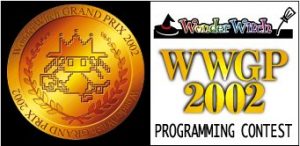
Following the success of the first context, Bandai and Qute announced the WWGP2002 on December 18, 2001. The contest also had a ¥500,000 grand prize but added various ¥50,000 secondary prizes. 87 projects were submitted for this iteration of the contest. The winner of the Grand Prize of the 2002 edition was DicingKnight by Yoko Shiyu. Like for Judgement Silversword, DicingKnight was later released as an official game on May 31, 2004. The other winners were as follows:
- Game Award – Rave Hunter by PASTEL GRADATION
- Tool Award – Mobile programming environment Broom by Wait ah
- Honorable mention
- Darkhero Figment 2 by Lunark Machida
- House Keeper by Anonymous
- Visual Sequencer – MUCOS- by Kensuke Shimizu
- Jury Special Award
- Mary & Erie Futari’s Atelier trial version by Easy Staff
- Let’s buy souvenirs! by Harukichi Nakanishi
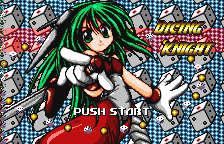 | 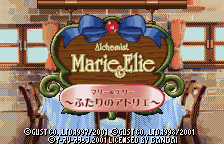 | 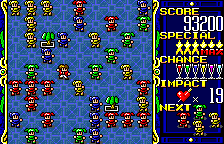 |
| DicingKnight | Mary & Erie Futari’s Atelier | Rave Hunter |
WWGP 2003
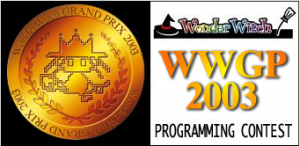
On January 10, 2003, Bandai and Qute launched the 2003 edition of the WWGP, which would be the final one. The prizes were reduced to a ¥100,000 grand prize and ¥20,000 secondary prizes. Only 57 entries were submitted. The Grand Prize winner was Tatsuya Iizuka with his card game Matsuru 8018. The other winners were as follows:
- Game Award- Loss Zero Side by Lunark Machida
- Freestyle Award – Coven by FancyRaRa
- Issue Award – WAVE R by Takashi Fukaya
- Jury Special Award – well-being by Ota Okiriri
- Honorable mention – Four-frame TV by Hachiro Arisaka
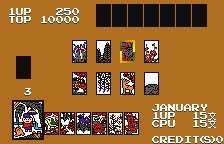 | 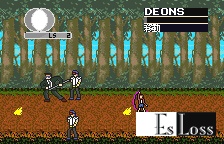 | 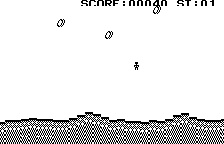 |
| Matsuru 80186 | Loss Zero Side | WAVE R |
The entry of the 2003 edition was far less impressive than the previous years and none of the title were released in an official WonderSwan format. The WonderWhich ended its support alongside the discontinuation of the SwanCrystal in 2004.
Technical Specs
The box included an EXT to DB9 male cable, a DB9 male to female adapter, the WonderWitch cartridge, a CD-ROM and the instruction booklet.
The CD-ROM included various sample sources code, the required C Header file, a file transfer tool (XMODEM protocol for Windows) and a C compiler.
The cartridge uses it own OS called Freya OS which could be upgraded when update was made available. The cartridge was made of:
- Flash Memory 512 KB (4 Mbit). Program files up to 384 KB can be stored.
- SRAM 256 KB (2 Mbit). Includes system use areas. Work file of up to 64 KB can be stored.
Requirements
Model: PC / AT compatible machine
OS: Windows 98, NT 4.0, 2000, Me, XP
CPU: Pentium 133 MHz or higher Memory: 32 MB or more (Recommended 64 MB or more)
Display resolution: 640 × 480 dots or more, 256 colors or more
CD-ROM drive: Required
Serial port: RS232C 9600/38400 bps (DB 9 male connector)
HDD free space: 20 MB or more
Although not officially supported, the WonderWhich could be used through a USB connector by using a USB to RS232C adapter.

